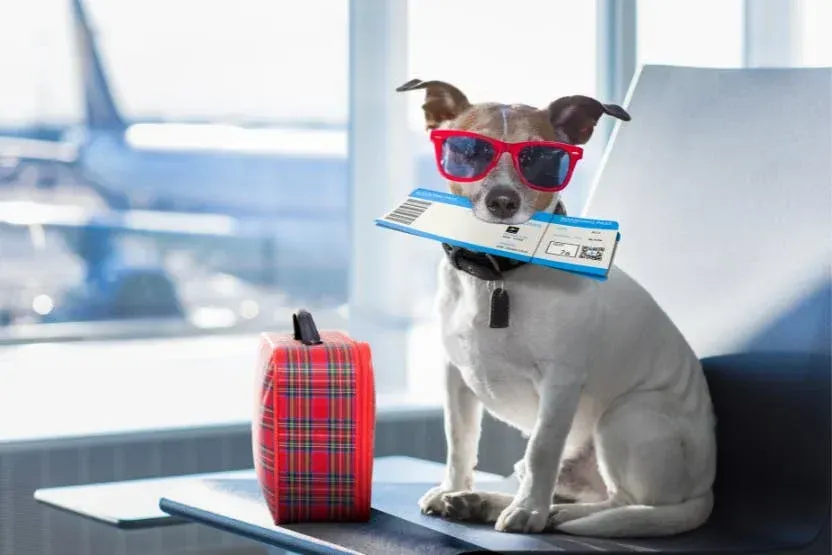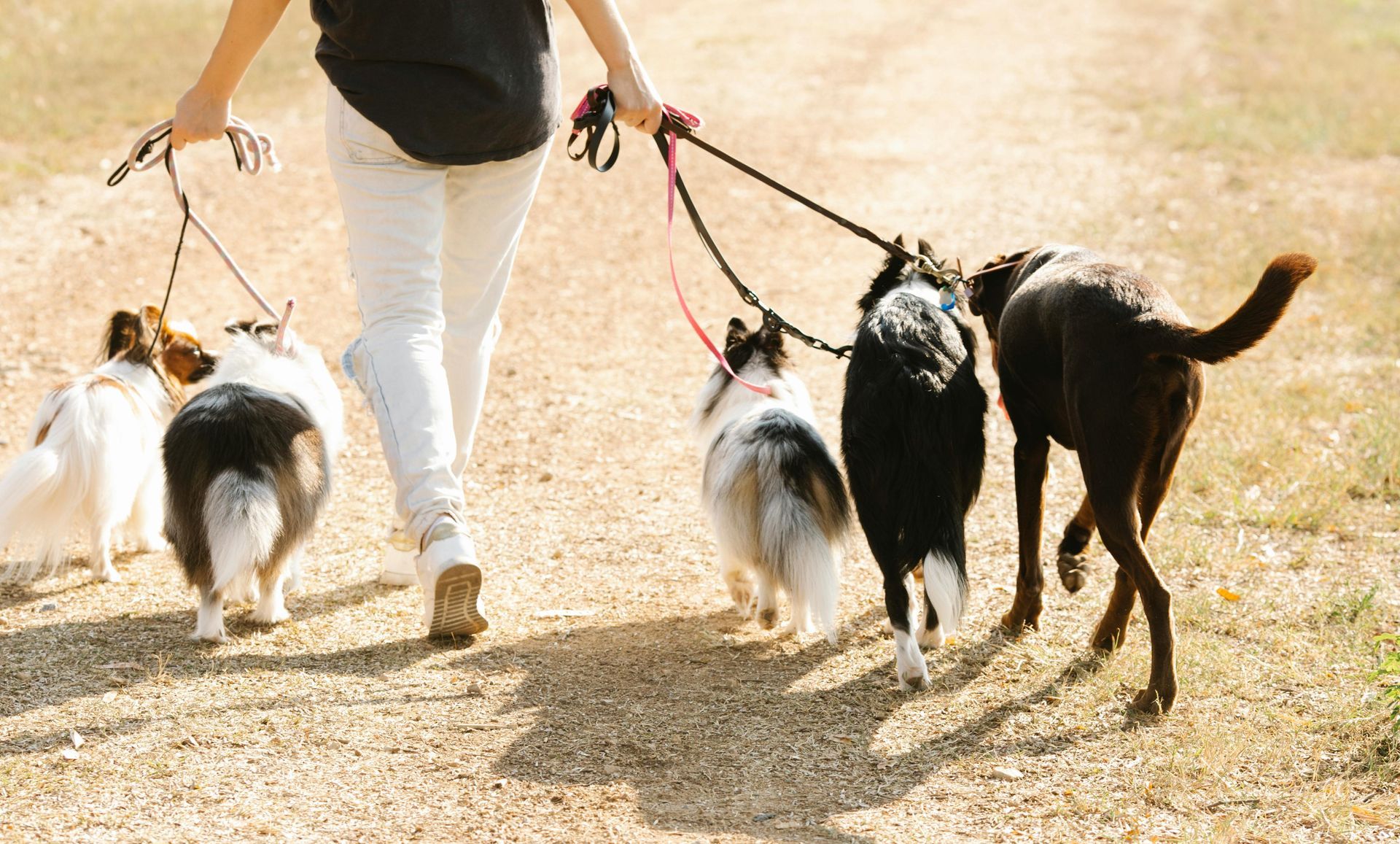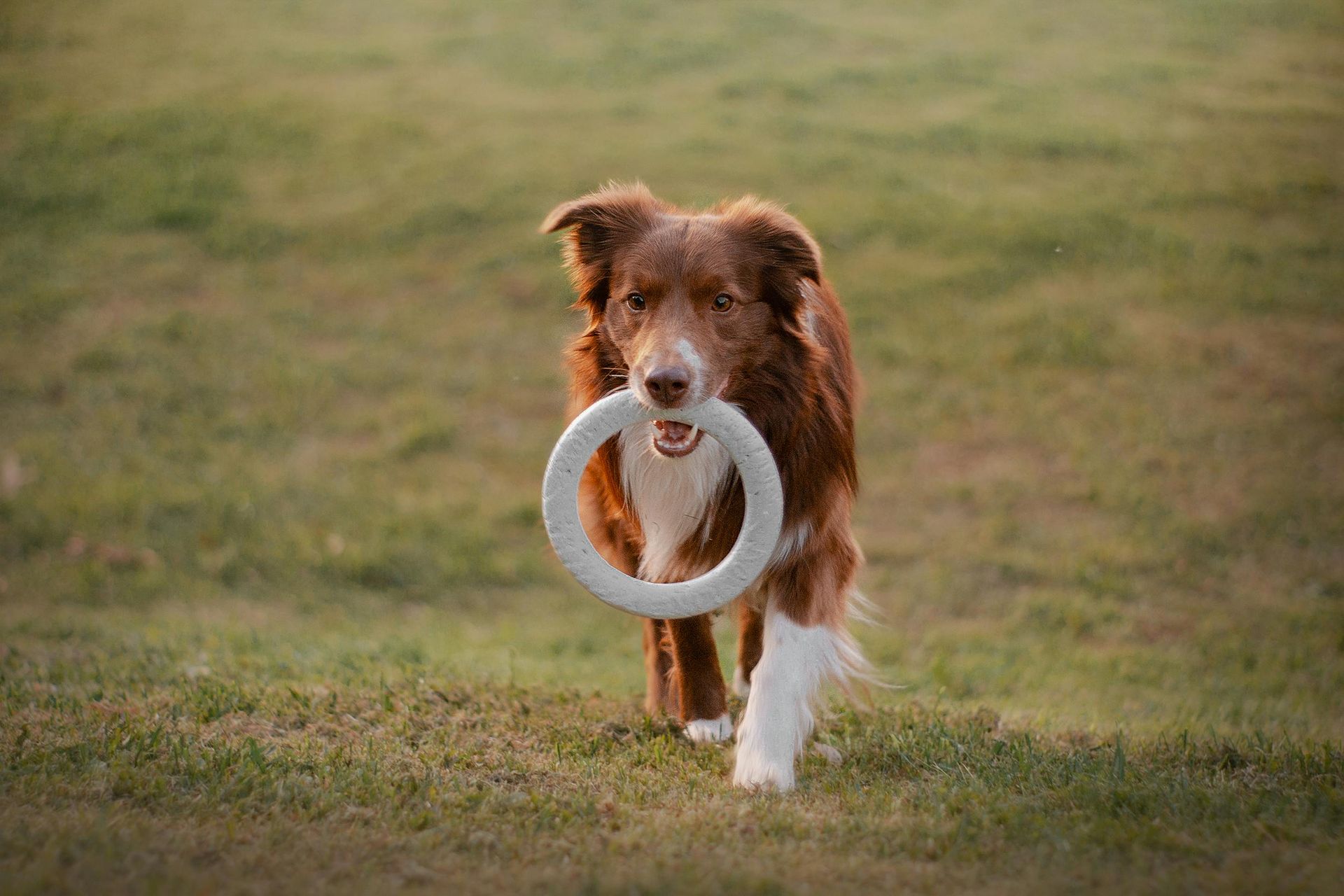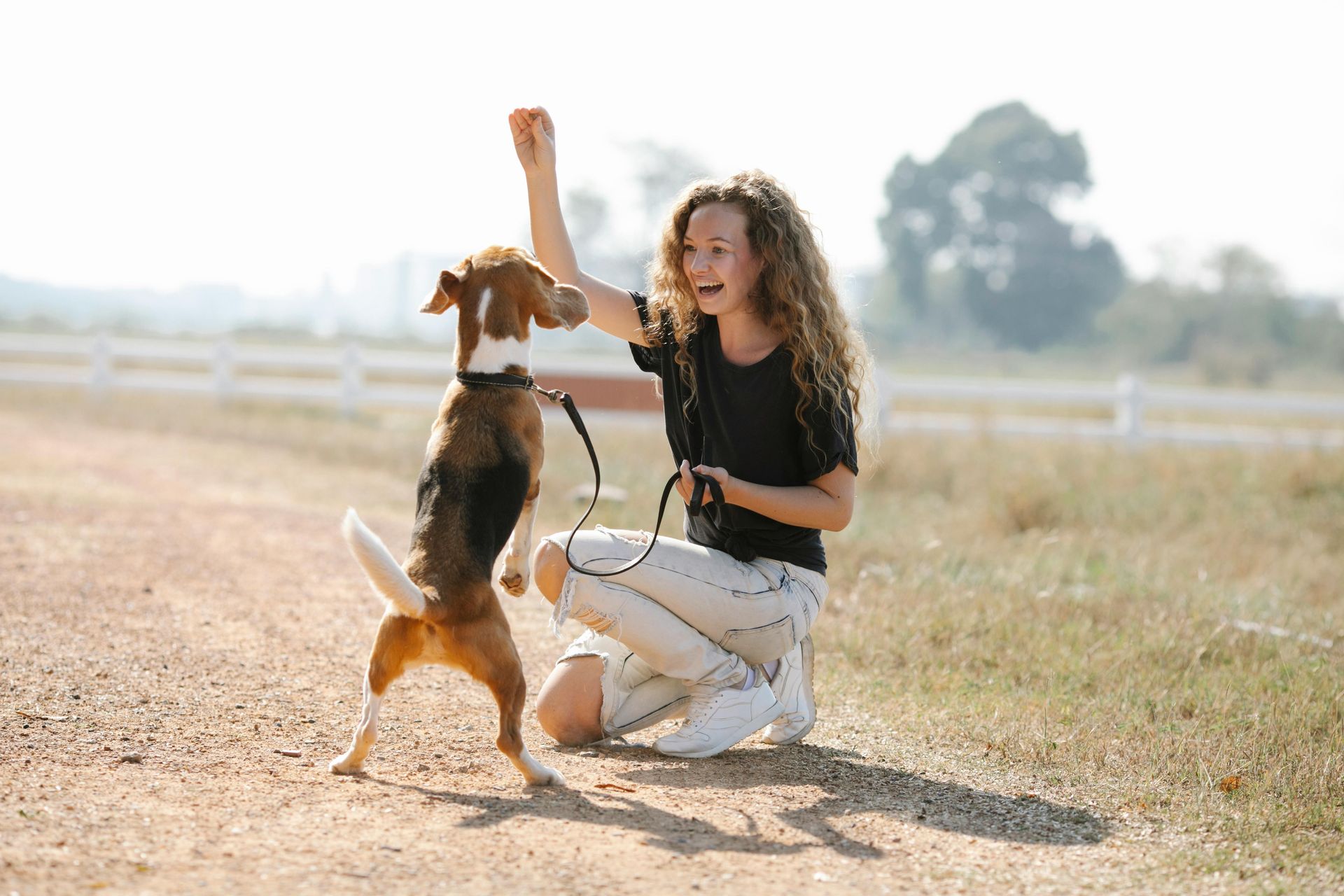Enhancing Focus: Strategies for Training Distracted Dogs
Grab Their Attention: Training Techniques for Distracted Dogs
Distracted dogs can make training sessions challenging and less productive. At Best By Farr Dog Training, we focus on techniques that capture and hold your dog's attention, transforming potential frustrations into successful outcomes. This blog outlines effective strategies to enhance focus during training sessions.
1. Understanding Distractions: Identify what specifically distracts your dog. Common distractions include other animals, people, noises, or moving objects. Understanding these can help tailor your approach to mitigate their impact.
2. Controlled Exposure: Start training in a quiet environment and gradually introduce distractions at a manageable level. This helps your dog learn to focus despite the distractions, reinforcing commands and behaviors in increasingly challenging settings.
3. Use High-Value Rewards: Find a treat that your dog loves and reserve it exclusively for training sessions. High-value rewards make it more likely that your dog will choose listening over distraction.
4. Short, Engaging Sessions: Keep training sessions short and sweet to prevent your dog from losing interest. Aim for 10-15 minute sessions a couple of times a day, especially when working on new skills.
5. Consistent Commands: Consistency is key in command usage. Always use the same words and tone for specific commands to prevent confusion and strengthen recognition.
6. Positive Reinforcement: Reward desired behaviors immediately to reinforce the behavior you want while ignoring or redirecting undesired actions. Consistent positive reinforcement helps your dog understand what is expected of them.
Training a distracted dog requires patience, consistency, and creativity. At Best By Farr Dog Training, we equip you with the tools and techniques to help your dog overcome distractions. With the right strategies, any dog can learn to focus and excel in their training.
Share
